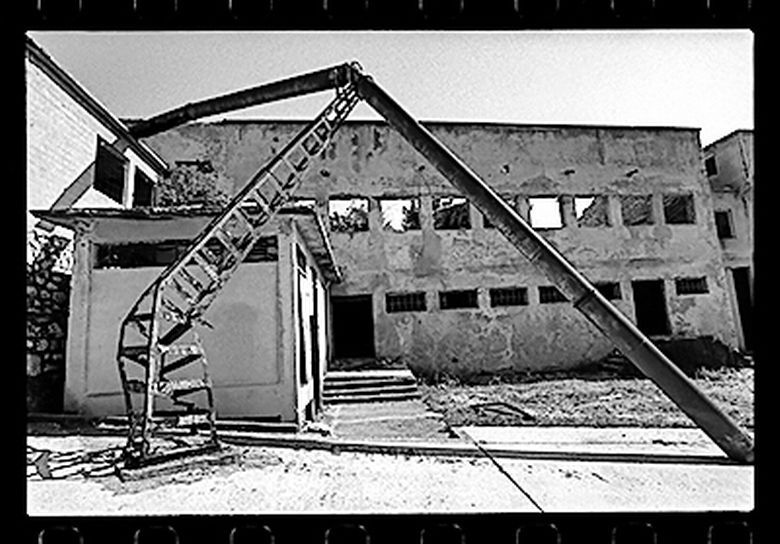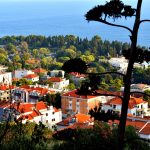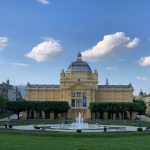Goli Otok is an island where political prisoners were held.
The exhibition of Milomir Kovačević’s Goli Otok exhibition will be opened at the St. Krševan Gallery in Šibenik on September 5. The opening will also mark the beginning of the 6th FALIŠ, the Festival of the Alternative and the Left, reports Jutarnji List on August 30, 2018.
Milomir Kovačević is from Sarajevo in Bosnia and Herzegovina but currently lives in Paris. During Yugoslavia, Goli Otok (Barren Island) was an island near Rab where political prisoners and others were serving their sentences. It was closed in the late 1980s.
How did this round of black and white photos of Goli Otok start?
Darko Bavoljak, the president of the Goli Otok Association, organizes art colonies on the island, and he invited me together with other authors. They would come, take us to spend the whole day on the island, and then return us to the mainland. I have already taken photos of other prisons since that is a topic which is interesting to me. I was in Lepoglava, Stara Gradiška, Foča, Banja Luka, everywhere where there are large prison bars, walls. This is a completely different story; the prison is surrounded by nature and the sea, and yet it is a prison. But, Sarajevo was also a large prison without bars during the siege in the 1990s. I walked a lot on Goli Otok, I saw a lot of symbols, inscriptions on the walls. There are still many traces that testify to how these people felt.
There aren’t a lot of the traces, but you can see what kind of people were kept there. Today the island is full of concrete buildings. People leave the sheep to graze and then seek shelter in the shade. There are about 200 photographs, I will exhibit some of them now in Šibenik, and the rest later in the year.
Goli Otok, the Alcatraz as it used to be called, is one of the topics which must be discussed, just like we should discuss the fact that this year marks 100 years since the establishment of first Yugoslavia. All this should be discussed without ideology, objectively, with good things and the bad things.

There are no people in the photos, which is not typical for you?
Yes, I had a different approach here. People are here in traces, in the inscriptions I found on the walls.
In the centre of Paris, at the prestigious Fait&Cause gallery, earlier this year you presented the exhibition “Once upon a time there was Yugoslavia”. With a hundred works you presented your view on the collapse of the former state.
Fait&Cause is a gallery that deals exclusively with social photography. This exhibition, with a hundred photos, was dedicated to the 100th anniversary of the foundation of first Yugoslavia. I showed the period as it was when we led a nice life and enjoyed music concerts. And then the sufferings which followed. A whole segment was dedicated to Tito’s sculptures which were gradually destroyed. Such exhibitions are often one-sided and there are few people who can show realistically an end of an epoch, and this is where I see my advantage. That was my life.
For the last 23 years, you live in Paris and you have also received the National Order of Merit from the French president.
“I have been doing photography for four decades. I have the freedom to do what I like, that is my choice. I will soon exhibit the Parisian motifs which I have filmed. I worked with the Louvre, I shot night scenes for them, it was a job I enjoyed. I also recorded the Paris cemeteries at night. I like to walk at night. The recognition you mentioned was received from Jacques Chirac. The times have changed now.
Translated from Jutarnji List (reported by Patricia Kiš).







